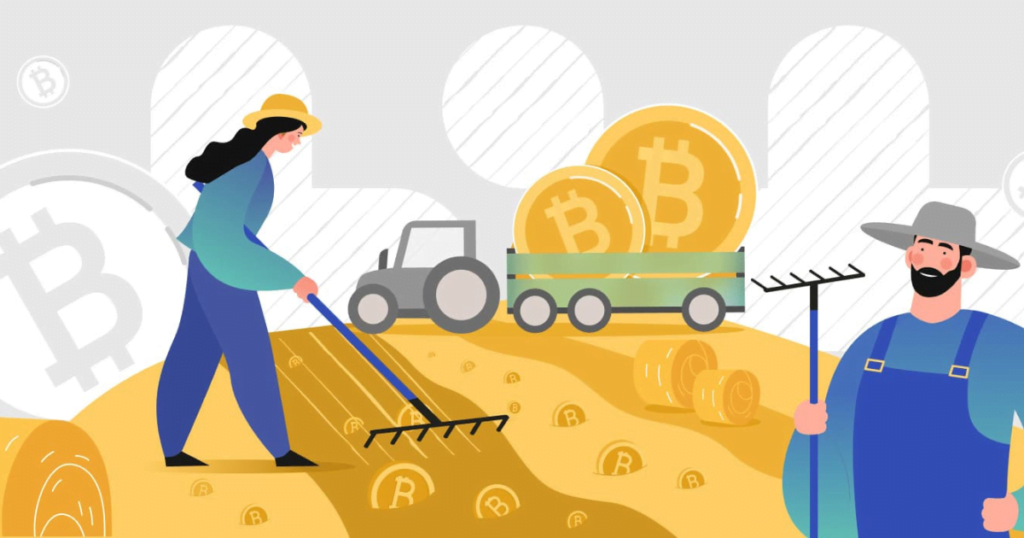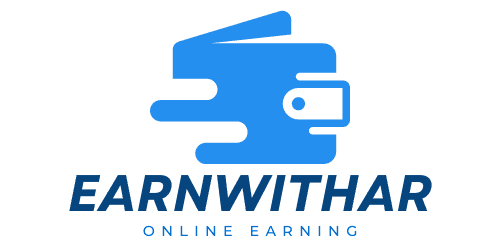how to earn money from crypto yield-farming
placing coiyield-farming ns or tokens in a decentralized exchange (DEX) to provide liquidity for various token pairs.
Yield Farming: The Truth About This Crypto Investment Strategy
What Is Yield Farming?
Yield Farming is placing cryptocurrency assets in a liquidity pool or other Decentralized Finance (DeFi) platform to earn higher returns. It was once the most important growth driver of the nascent DeFi sector, but it lost most of its 2020 speculation following the collapse of the TerraUSD stablecoin in May 2022.
How Does Yield Farming Work?
Yield farming allows investors to earn a yield by placing coins or tokens on a decentralized exchange (DEX) to provide liquidity for various token pairs. Yield farmers typically rely on DEXs to lend, borrow, or stake coins—a practice that allows them to earn interest and anticipate price increases. Smart contracts on DEXs are used to lock in tokens for productive farming.
History of Yield Farming
In June 2020, the Ethereum-based credit market known as Compound began offering COMP, an ERC-20 asset that empowers the community governance of the Compound protocol to its users.
This type of asset is called a governance token, and it gives holders voting rights that give them authority over changes to the platform. The interest in Token Jump started its popularity and catapulted Compound to a leading position in DeFi. Subsequently, the term “production farming” was coined.

Roles That Yield Farmers Play
Produce farmers can produce by performing several tasks. They can be liquidity providers, lenders, borrowers, and participants.
Liquidity providers
Cryptocurrencies are not as liquid as the stock market because there are very few trades taking place. Liquidity providers deposit tokens on exchanges to help traders enter and exit positions. Exchanges charge fees on trades made to liquidity providers. Alternatively, liquidity providers may be issued new Liquidity Pool (LP) tokens.
Lenders
A produce farmer is a lender when he lends cryptocurrencies to borrowers using smart contracts and through platforms such as Compound or Aave, ultimately earning the interest paid on the loan. Production is realized.
Borrowers
On the other hand, there are borrowers—market participants who use one token in a pair as collateral and are given another token in the pair. This activity allows users to farm produce with borrowed coin(s). This means that the farmer retains his initial holding, which may appreciate in value, and earns a return on his borrowed coins.
Stakers
The easiest way to become a staker and start earning stacking rewards is by using a wallet from a crypto exchange like Coinbase. In return, you get rewards based on the amount you have invested.
On proof-of-stake (PoS) blockchains, a user receives a fee (depending on how much they have staked) if they redeem their cryptocurrency to a staking pool or another validator that pays rewards.
Another reason to be a stickler is to get a composite product. Any yield earned can be added to your existing stake to increase your yield through compounding. Liquidity providers can also do this by adding their output to the pool, adding more liquidity.
Risks of production farming
Yield farming poses financial risks to borrowers and lenders. For example, when crypto markets are volatile, users may experience losses and price drops.
Risks to be aware of include:
- Ripple, a type of exit scheme in which a crypto developer collects investor cash for a project and then exits without returning the funds to investors.
- Regulatory risks, such as when the SEC or state regulators attempt to monitor yield farming and issue cease-and-desist orders against crypto-lending sites like Celsius and BlockFi (which launched its web platform 31 was discontinued on May 2024).BlockFi “BlockFi web platform closed on May 31, 2024.”
- Volatility, the tendency for market swings and bear runs that can occur with most investments when they decline in value
Is produce farming profitable?
Produce farming can be profitable, but it’s only as profitable as the market allows. The cryptocurrency market, regardless of how it is used to make money, is very volatile.
Is produce farming dangerous?
Yes, production farming can generate huge profits, but it can also cause significant losses.
What is another name for yield farming?
Yield farming is sometimes called yield mining.
The bottom line
Yield farming is a high-risk investment strategy in which an investor provides liquidity, stakes, lends, or borrows on a DeFi platform to earn higher returns. Investors can get paid in additional cryptocurrency.
Production farming has waned in popularity, but it can still be profitable. However, this should only be done by the most astute investors who can afford or do not care about the risks of price volatility, carpet pulling, and regulatory actions.
Comments, opinions and analyzes expressed on Investopedia are for informational purposes only. Read our warranty and disclaimer for more information. As of the date this article was written, the author does not own any cryptocurrencies.
For More
26 Great small Business Ideas for Entrepreneurs
10 Proven Strategies to Make $100 a Day Online
How to earn from Google AdSense in 2024 | Can I make money with Google AdSense in 2024


5 thoughts on “how to earn money from crypto yield-farming”